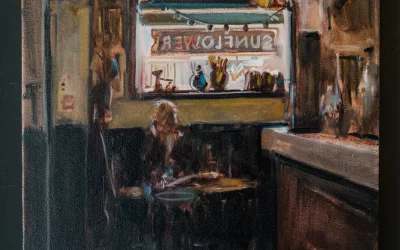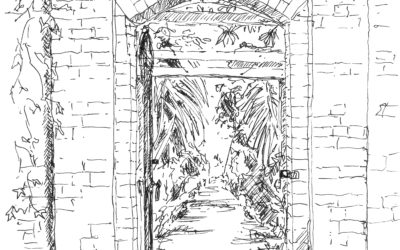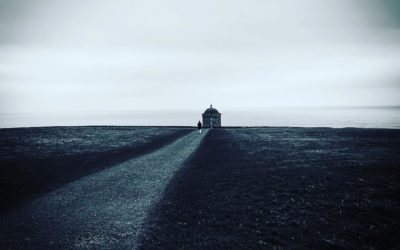Like all children, I drew a lot growing up. It was an immediate medium and the tools, pencil and paper, were simple and easy to find. It was something I continued doing for years, but very sporadically.
I was methodical and meticulous – too much so – but I used to think of myself as pretty capable of copying nature and the built environment. Only when I began painting did I learn to be more free and I left drawing behind as if it were some sort of inferior medium. Our painting tutor urged us not to fall into the habit of composing images by first drawing, and then filling in the drawing with paint, but rather to apply paint from the outset. It was a valuable lesson. It is, no doubt, a basic concept for every new painter setting out, however, to me it was new at the time. I guess it’s related to the age-old argument over disegno vs colore, Florence vs Venice, and goes back at least to the Renaissance. It might not be related to that at all, but I have a degree in art history and I’ll refer to it at will, without warning, and at any given moment!
Over the last year or so I’ve been working more in printmaking and I’ve experienced a renewed understanding of the value of drawing as a skill particularly, I’ve found, in relation to the techniques of drypoint and etching. A recent urban sketching event opened my eyes to drawing buildings ‘from life’ – i.e. not from photographs, but rather standing on the street, sketchpad in hand, drawing directly without underdrawings or rulers. The lines can turn out wonky, perspective can be messed up (for example, I can spot several areas in the above image that have gone wrong!) but the results are somehow more alive and exciting.
I’ve a long way to go, and life drawing is a whole untried area, but now I realise the value of both approaches – and see how to bring the freedom of painting to drawing. Above and below are are a few recent efforts (from top: The Cloth Ear, Belfast (old Ulster Bank); ‘Me Ma’s Back Garden’, and The Albert Memorial Clock, Belfast. All 2017).



